|
As yesterday had been such a productive day we decided for our last day at Vinales to go back to the same area. Part of the reason was that yesterday we had found a Cecropian tree Cecropia peltata that was being visited by a female Stinky Leafwing Historis odius. Duviel had driven past us just before lunch and found a nice shady spot further down the road for us to have our picnic. When we arrived he showed us photos on his phone of this large butterfly that had been regularly visiting the tree! It was H. odius and it had been laying. Unfortunately it made only one further visit and I managed no pictures. By using binoculars I found an egg on the underside of one of the topmost leaves (not ideal for photography). We also spotted a small larva, also high up, that no sooner had we found it it decided to go walkabout back along the rib and then the stem of the leaf and onto the trunk of the tree where I lost sight of it. So today we wanted to spend a bit more time there early on before the temperature got too high to see what we could locate for photography. The plan worked and we arrived early and quickly found three larvae sitting in the open on leaves in the early morning sun one of which was reachable so we managed some close-ups before returning it to the tree. One thing we quickly noticed was the striking resemblance of the small black and white larva to the pattern of its own feeding damage on the leaf! And secondly that the larva forms a silken promontory at the edge of the leaf which it then constantly extends by adding its own frass to the end. I knew that where we live in the UK the larva of White Admiral Limenitis camilla does this too and as a small larva it then rests on this frass promontory when not feeding and must gain some protection from predators in doing so. Whether this is due simply to camouflage when sitting there or whether it affords it extra protection from ants or the like on the leaf I do not know. I wasn’t aware that other New World Nymphalids did the same thing. H. odius larvae seem to have a very well-protected head and perhaps it sits on the promontory facing the leaf using its well-defended head to fend off any attack – this is conjecture on my part but if anyone knows the answer I would love to hear from them. At what stage they stop using the promontory I don’t know but from their length it looked as if they were still being used to disguise their frass, and perhaps this is of greater importance as frass on leaves is always an obvious tell-tale sign to a predator of a larva close by. On further reading I find that other Cuban species such as the Mosaic Colobura dirce also do the same – fascinating. The natural world is a wonderful thing and there is so much to learn.
1 Comment
I am very grateful to Nigel Peace for allowing me to use several of his photos taken on his visit to Cuba in 2014 and these I have already loaded. He also showed me his excellent pictures of Great King Anetia pantherata taken in the Dominican Republic in April this year. It is a different subspecies in the DR to the one that is found in the west of Cuba but the differences are quite subtle. Normally I will only put photos taken in Cuba on this website but it may be a while before we get photos of of this species so I thought it too good an opportunity to miss and have added these too. Thank you Nigel.
I am also going to make an exception for migrant/vagrant species, which by their very nature will be less likely to have subspecies. Any such photos uploaded will always include the place and country where they were taken. Today we drove out along the Ancon Valley road for a few miles and then drove up the hill through the forest. When near the top we jumped out and starting walking down leaving Duviel to follow in the vehicle periodically. Almost immediately we found a female Androgeus Swallowtail Heraclides androgeus laying on the young shoots of some bushes growing beside the road. Unfortunately as the light was still not very good for in-flight photography and all my shots were very poor so here is one I took on earlier trip. We soon noticed that these bushes were covered in eggs and larvae of different sizes. Rayner's sharp eyes soon spotted a possible Confusing Yellow Pyrisitia larae in the grass. I took some pictures and then netted it to be sure. These things are always confusing until you learn the differences but the reduced black on the forewing and fewer spots on the underside hindwing distinguishes it from Little Yellow P. lisa. The difference from Mimosa Yellow P. nise is more subtle as the background colour and amount of black on the forewing is very similar. Male nise however have a black border on the hindwing (which larae lacks), and female nise have more spotting on the underside. Both sexes of larae look the same and are paler, especially on the upperwing than Bush Sulphur P. dina. These are the first pictures of P. larae that I can find on the internet. It is endemic to the West Indies found only on Cuba, Hispaniola and the Bahamas. We had seen Cuban Kite Swallowtail Eurytides celadon on three of the previous four days but only briefly as they can fly quite fast and rarely seem to stop. They are also quite small for a Swallowtail but suddenly two appeared next us nectaring on Stachytarphetum - not easy to photograph as they spend very little time at each flower. In the Butterflies of the West Indies Indies and South Florida the plates, done by Richard Lewington show celadon with the blue appearing as off-white. This is because set specimens (from which I believe RL did his paintings) quickly lose their blue colouration. As we headed down the hill we also saw Gray Ministreak Ministrymon azia the smallest of the hairstreaks and easily overlooked for one of the blues in flight. We spent some time taking pictures of the yellows and sulphurs taking moisture on the road. There were many Bush Sulphur Pyrisitia dina, three Apricot Sulphur Phoebis argante. and at least one Confusing Yellow P. larae Note the narrow black edge on the forewing of P. dina (on the left) with the tinge of orange on the hindwing that is often visible in flight at close range. All in all an excellent day today with lots of good finds including this Dorantes Longtail Urbanus dorantes larva.
We had a quieter day today due to me feeling rather delicate, probably still suffering from the heat of yesterday and failing to drink enough water. So we took a short drive and stopped by the road to see if we could find any Calisto’s. Rayner was looking especially for a currently undescribed new species that he has seen in the area previously, but we failed to find it. We did see a Queen Danaus gilippus ovipositing on small non-flowering plants of Asclepias curassavica in the open. It was laying on the underside of the leaves and with some searching we also found a small larva hiding under a leaf of a plant that had come into flower. A walk on the other side of the road led down to a stream bed with some standing water remaining that contained some mud-puddling butterflies. Amongst these were several ‘yellows’ including a new species for us in the form of Boisduval’s Yellow Eurema boisduvaliana. The cut-off appearance of the hindwing is distinctive and very different from the male Bush Sulphur Pyrisitia dina, Little Yellow Pyrisitia lisa, Sleepy Orange Abaeis nicippe and Barred Yellow Eurema daira that were gathering alongside. We also saw another new skipper here Impostor Duskywing Gesta gesta, a female, and we watched it laying on small foodplants on the bare ground, while a Cuban Sicklewing Eantis papinianus put in an all too brief appearance. Rural life here is hard - there are no comfy air-conditioned tractors - and this was brought home to us when a farmer brought his two ploughing oxen past and stopped briefly for a quiet break.
We took the road today towards La Pimienta. Most visitors go here to see the caves or to go to the Paladar (a privately-run Cuban restaurant) but we took our own lunch so that we could be out in the field for longer and to see what butterflies we could find. Even before we got there we stopped for a short walk at a spot where we had noticed some small rice paddies. Whilst I was photographing the numerous Phaon Crescent Phyciodes phaon next to the track Rayner spotted a Purple Gallinule creeping through the vegetation on the other side of the road. Traditional thinking has it that Barred Yellow Eurema daira and Banded Yellow Eurema elathea cannot be identified in the field without catching them and looking at the upperwings. I believe that this is often not the case and I hope in time to show using good photographs that many males, especially when fresh, can easily be split. They never hold their wings open when settled so the upperwings are not visible, however in good sunlight and with the light behind you can usually see the bar of the males on the forewing showing through on the underside. In E. daira this bar is curved and in E. elathea it is straight. Females are another matter as they lack the bar on the forewing. There were also some rather photogenic dragonflies that are as yet unidentified so any assistance hare will be gratefully received. I spent some time taking photos of the groups of yellows that were taking moisture and minerals on the track. I’ve found that by running off a large number of pictures taken on a fast speed setting combined with a little persistence means that you get a small number of useable photos of butterflies in flight showing the upperwings of species that habitually settle with closed wings. We found several more larvae of Zarucco Skipper Erynnis zarucco in this area and it was nice to get decent shots of Caribbean Banner Lucinia sida and the underside of Cuban Sicklewing E. papinianus with its distinctive down-curved wings.
Our flight to Habana with Virgin Atlantic was on time and after the usual delay at the airport waiting for the luggage to be off-loaded (never a good first impression for those arriving in Cuba for the first time) we met our driver Duviel and transferred to the Hotel Parque Central in the centre of Habana where we were greeted with the news that we had been upgraded to the Presidential Suite! Now this is Habana not London but it was still a very spacious and comfortable room with separate changing rooms and large en-suite. It over-looked a large tree-covered park and in the morning we watched Grey Kingbird, American Kestrel, Cuban Martin and even Cuban Emerald from the balcony. A walk in the forest the next day produced the third record for Cuba of Eastern Tailed-Blue Cupido comyntas - until it was taken by a wasp that is! The discovery of this species has just been written up in the Journal of the Lepidopterists’ Society 69(2), 2015, 142 –143 and describes the finding of two males (at this same site) on 4 July 2014. Our individual was also a male so a female has yet to be found on Cuba. In the morning Duviel returned, with our guide Rayner, to collect us and we drove on to Vinales and checked in to the Los Jazmines Hotel with its wonderful view over the valley. We had been told that the food wasn’t great here at the hotel but after eating out for a couple of nights at local restaurants we found that, contrary to what we had been told, the service and the food here was better. Our first two days were spent exploring the fields and edges of the mogotes around Vinales. Mogote is the name for the distinctive limestone outcrops that are dotted through the landscape around Vinales. In the first couple of hours we had seen five species of Swallowtail including this Bahaman Swallowtail Heraclides andraemon though our sightings of Cuban Kite Swallowtail Eurytides celadon were very unsatisfactory as this is a fast-flying species that rarely seems to stop and consequently seems to have been rarely photographed. It was therefore high on our target list to get good pictures. We also saw a few larvae of Oviedo’s Swallowtail Heraclides oviedo with more than a passing resemblance to a wet and slimy bird dropping. We also disturbed several of the pyralid moth Conchylodes diphteralis. The distinctive song of Cuban Solitaire was common around the vertical walls of the mogotes and it was here close to the limestone face that we saw our first Calisto aquilum. All the eleven Calisto species in Cuba are endemic to the island and Rayner is the person who has carried out the detailed morphological research and arranged and analysed the DNA results to show the true status. One of the exciting finds on the first day was of two skipper larvae within a leaf shelter. Rayner didn’t recognise them though later worked out that they were likely to be Erynnis zarucco Zarucco Duskywing – this later proved to be the case when the adults emerged. This wasn’t a species that we had come across before on our winter visits though it is said to be widespread and common so either the status has changed or perhaps it only flies during the summer. Further along the path a strange noise alerted us to the plight of a frog that had been caught by a small Dusky Dwarf Boa Tropidophis melanurus. The frog had been grabbed by a back leg and the boa then wrapped its coils around its hapless prey to subdue it. The frog’s defence of pumping itself up was to no avail and half an hour later the snake had transferred its bite to the head and was in the process of devouring it. I thought the tail of the snake was interesting – it looks like a worm and perhaps this is used to trick its prey into coming into range. This is a non-venemous snake that is also known as the Giant Trope or Cuban Wood Snake. We also saw several superb anoles (lizards) and photographed a very obliging Cuban Snout Libytheana motya. In the afternoon Rayner and I walked to the base of another mogote where he had previously found Calisto bradleyi some years previously and it is good to report that it still occurs there. Note the small blue scales in the black spot at the anal angle of the hindwing. It is currently known only from this 150m stretch of narrow tree cover where it is found only within about 20m of the base of the rock face. It is known only from one other specimen found higher up on another mogote. On the way back there was a Eufala Skipper Lerodea eufala sitting on the track. A short walk near the hotel in the evening produced Ceraunus Blue Hemiargus ceraunus and Limenia Scrub-Hairstreak Strymon limenia while we also found a couple of moths attracted to the hotel lights. 59 species of Hawk-moth (Sphinx in the Americas) have been recorded on Cuba and this one, the Mournful Sphinx Enyo lugubris, is widespread throughout Southern and Central America, the Caribbean and the southern states of North America. The other is Cosmosoma auge, a member of the Sub-Family Arctiinae and has a very similar distribution.
Tim and I received emails on 21 June from two friends in Cuba who, with great excitement, told us of an item on TV. A butterfly centre (Mariposario) opened that day in Havana at Quinta de Molinos, a botanical garden in Havana. Read more about the history of this site here.
It includes a breeding room where people will have the chance to see the different stages of the butterfly life cycle. This project has been arranged by the City Historian of Havana and is aimed to protect, preserve and persuade people of the importance of taking action now in order to protect the many different species of butterflies. The project recognises the current trend to exterminate them by using pesticides in tackling problems of larvae attacking crops. This can be a real danger to many lepidoptera in these areas where many butterflies are found on cultivated land. This initiative is we believe the first of its kind in Cuba and we welcome the news and look forward to receiving reports of visits. We are just back from our latest trip to Cuba, two weeks in the far west of the island, and our first visit there in the wet season. Our previous visits have all been between December and March in the dry season. Wet season is perhaps a little misleading as it doesn’t rain every day and when it does it is usually only a short storm for an hour or two and then the sun comes out again. The temperature was generally a bit above 30⁰ but quite humid all the time. We spent seven days at Viñales, four days at the Guanahacabibes Peninsular right down in the south-west and then three days at Soroa before flying back from Habana. Throughout our stay we were accompanied by our excellent guide Rayner Núñez. Rayner manages the collections at the Instituto de Ecología y Sistemática in Habana and has been studying the Lepidoptera of Cuba for at least twenty years so not only is he extremely knowledgeable on the fauna of Cuba but is great fun to be with and has an extremely sharp eye! I like to think I am pretty quick at spotting things in the field but I have to say he left me standing most of the time and he was also very quick to id the butterflies, even the skippers, in flight. So a huge thank you to Rayner and our two drivers Duviel and Volo for making it such an enjoyable trip. Why two drivers? – because our first vehicle died after the first week and whilst Duviel then had to get his vehicle transported back to Habana on a trailer to get it fixed, Volo drove down with a replacement vehicle for the second week. OK so the mosquitoes weren’t really that bad! We had been told that they would be bad at the Guanahacabibes Peninsular and sure there were lots of them and could be a nuisance but they are small and generally nothing that DEET couldn’t cope with. They are small and don’t carry malaria which is the good news. In our two weeks we recorded 97 butterfly species including some very important sightings. I’ll save the detail for later blogs to follow but what here are some of the highlights?
|
Welcome to our Blog
Here we will post interesting news about what we and others have seen in Cuba. Archives
July 2024
Categories |
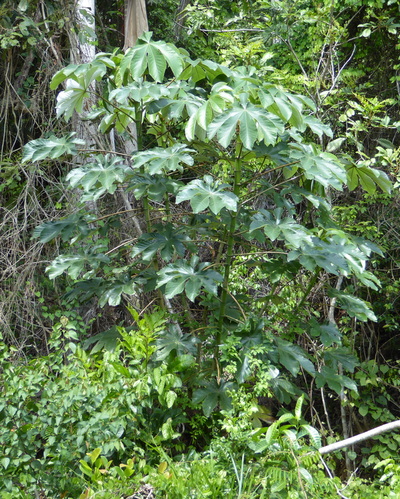
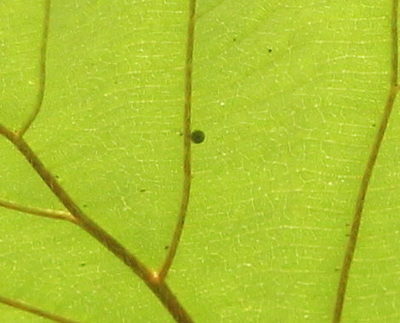
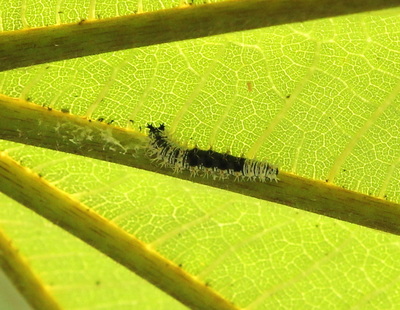
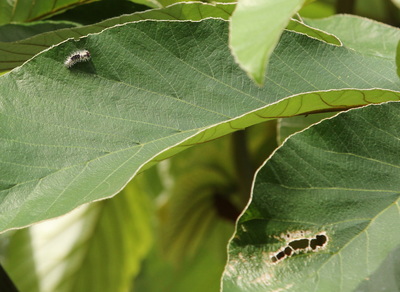
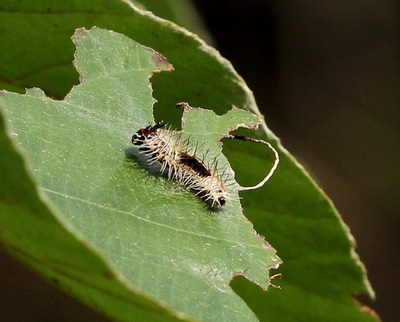
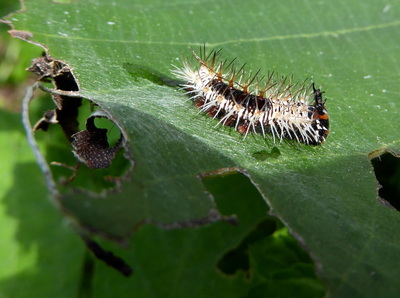
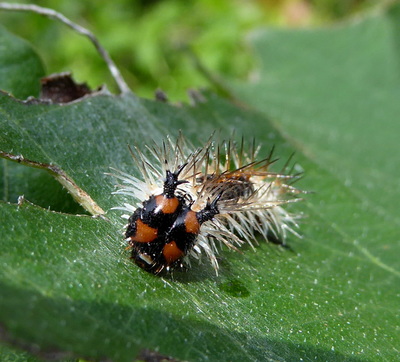
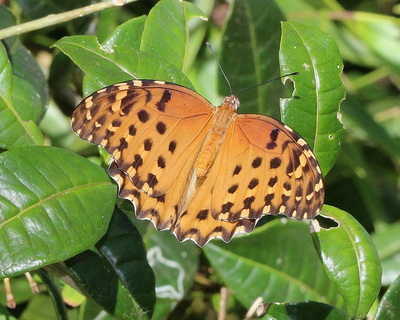
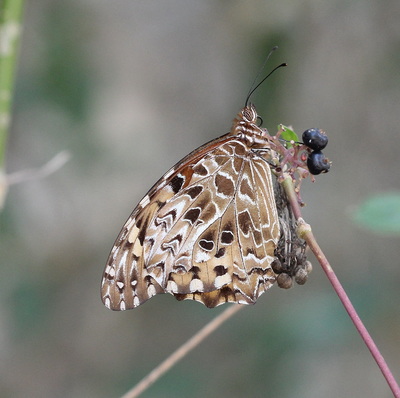
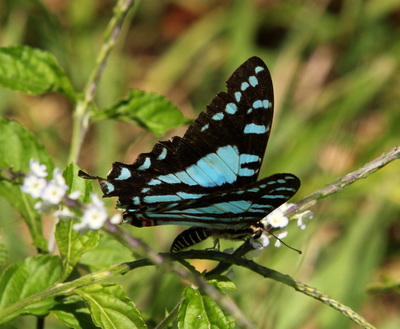
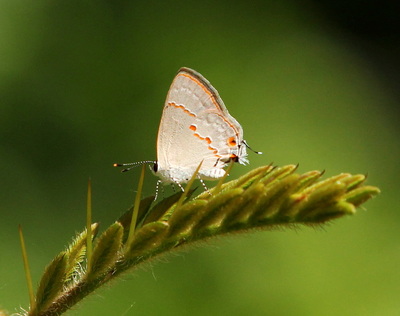
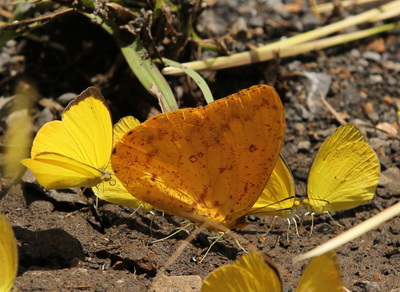
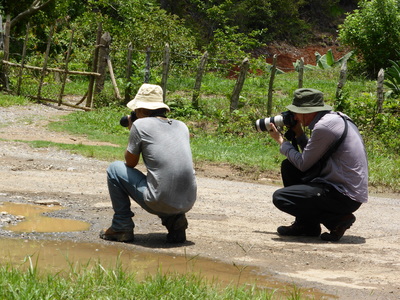
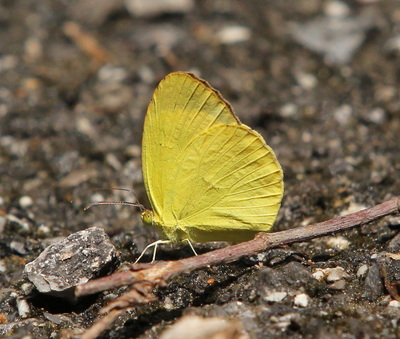
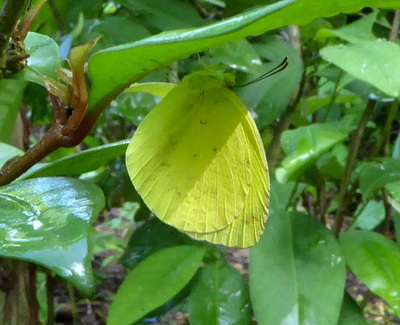
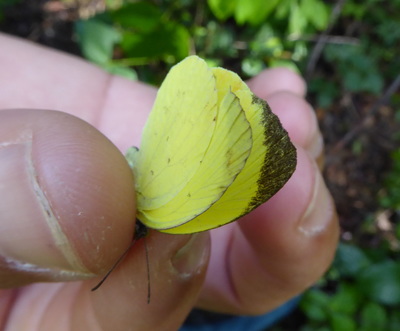
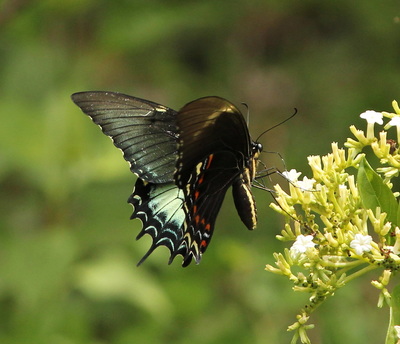
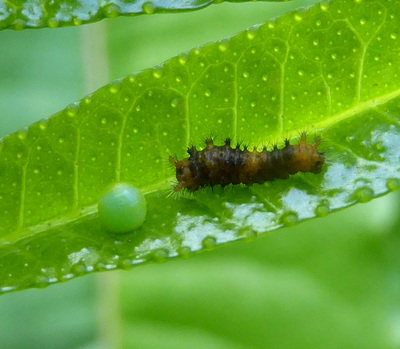
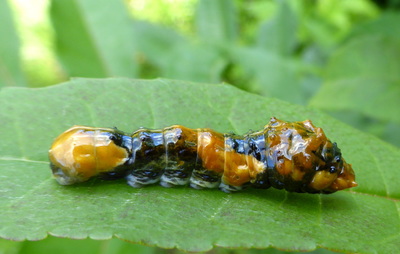
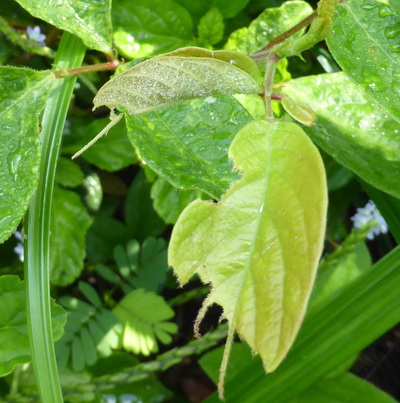
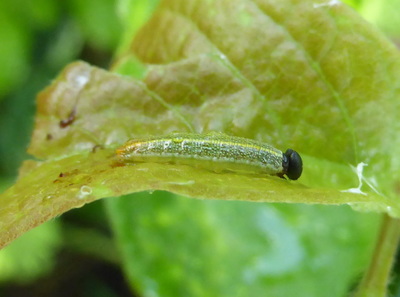
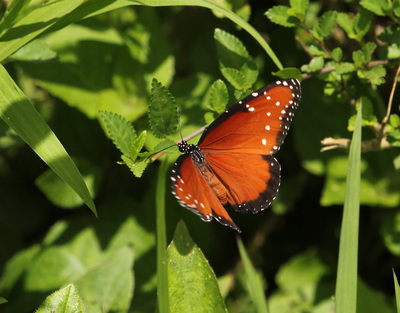
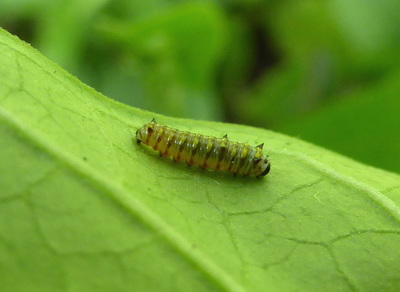
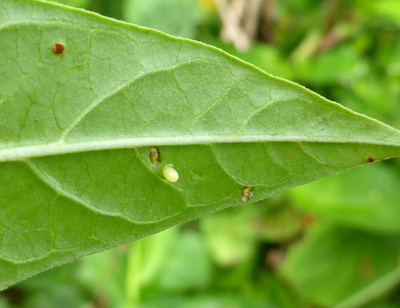
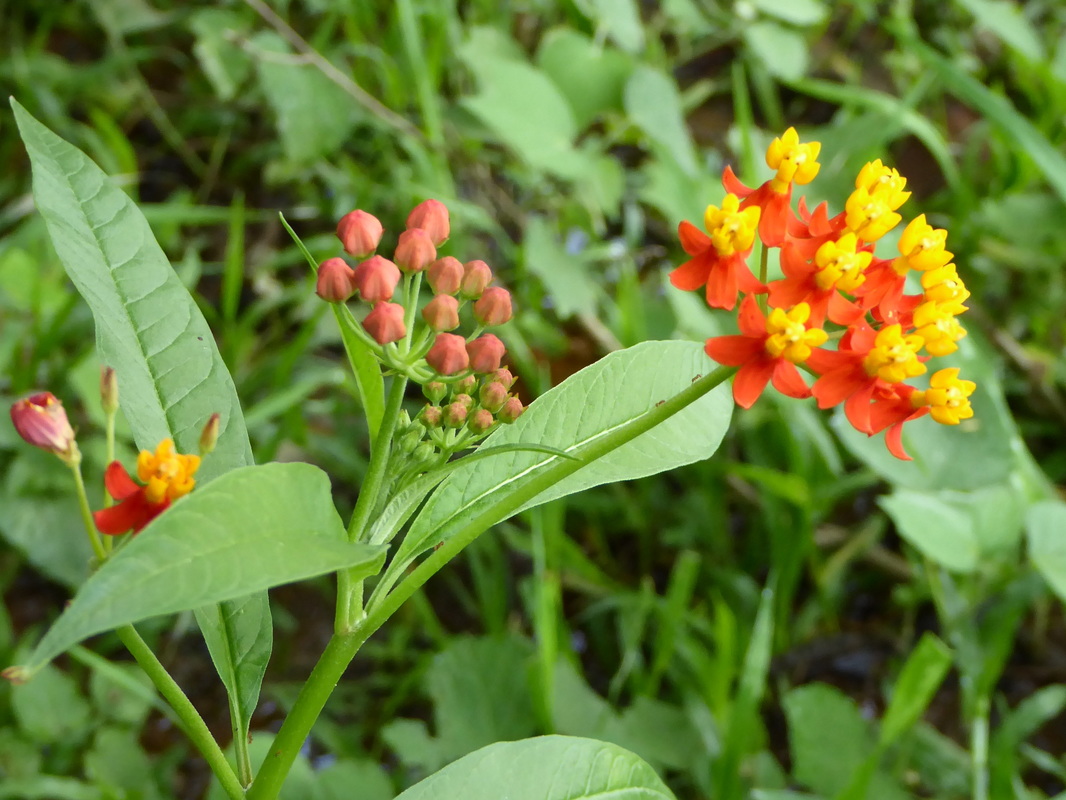
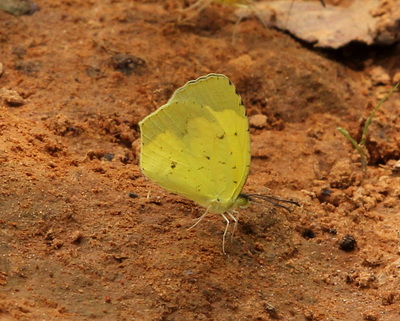
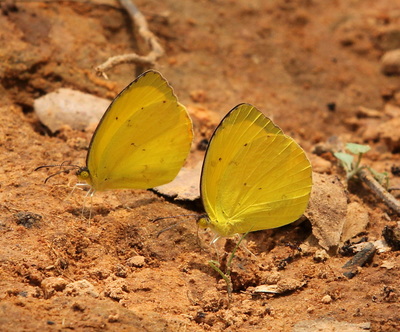
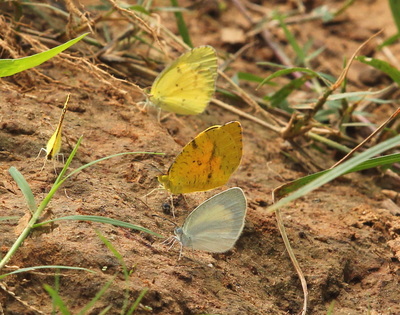
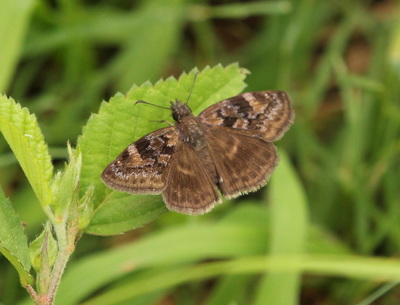
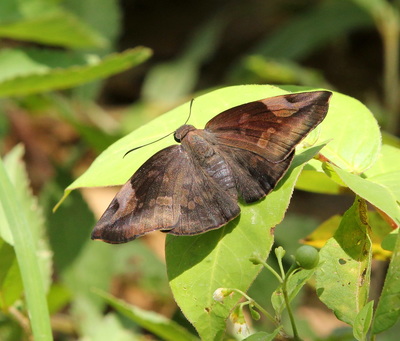
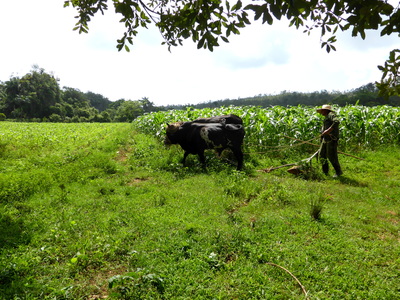
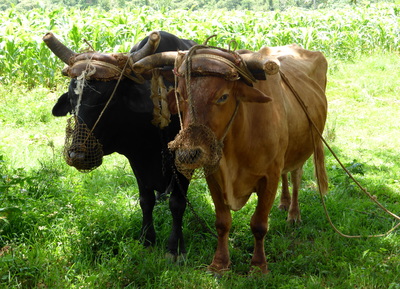
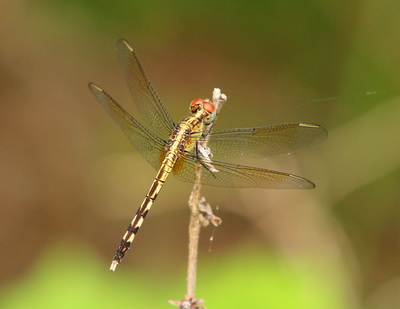
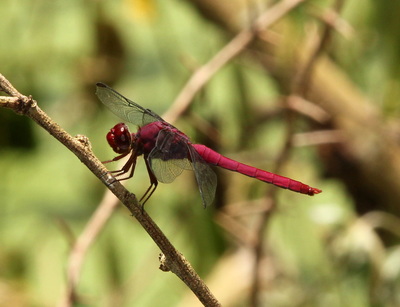
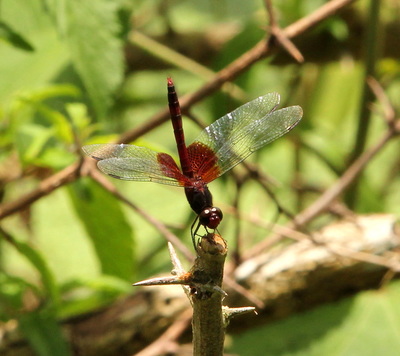
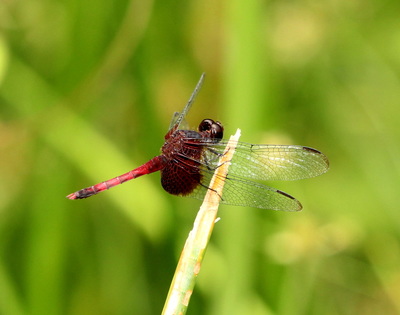
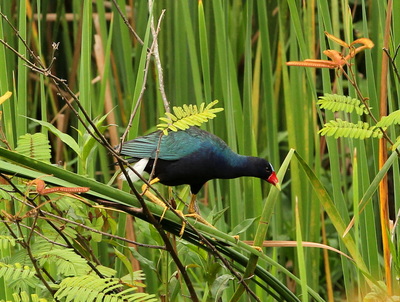
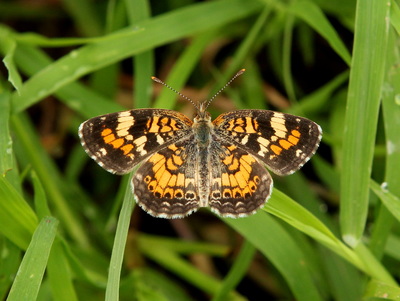
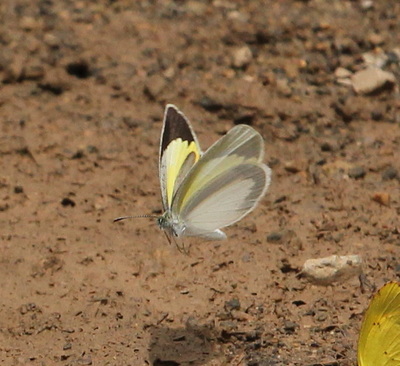
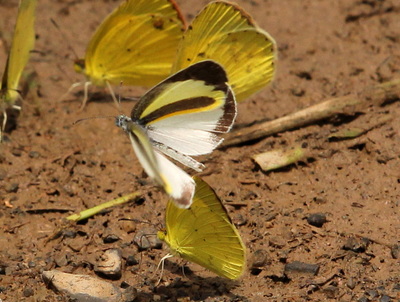
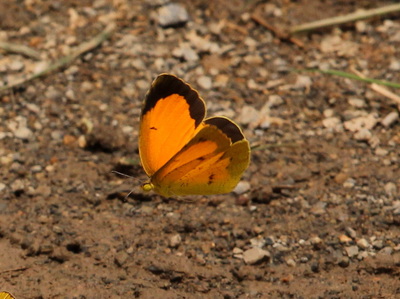
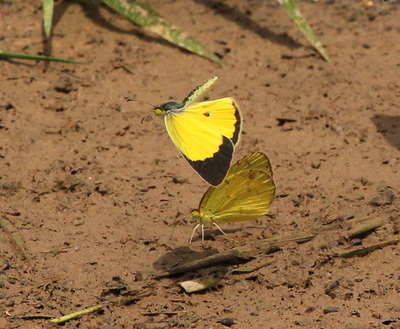

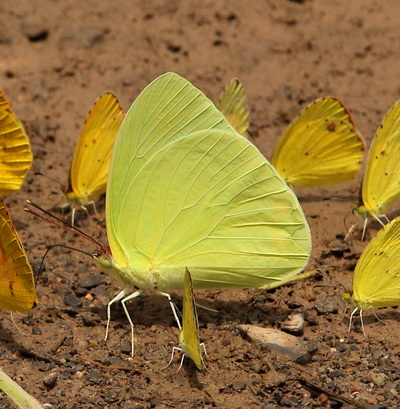
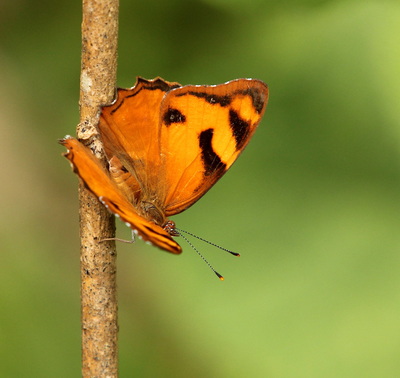
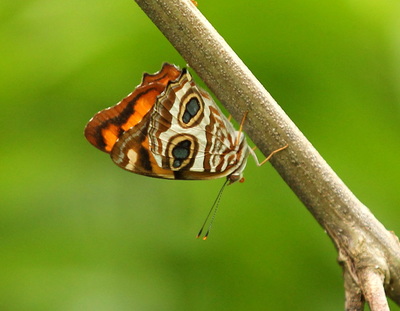
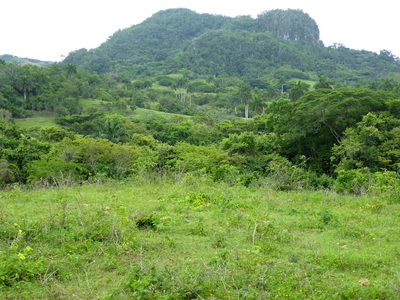
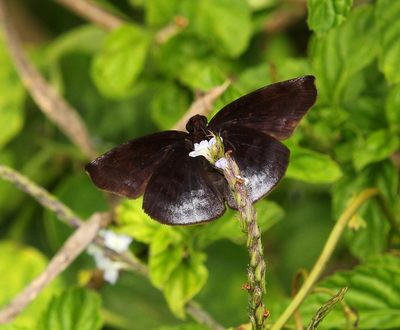
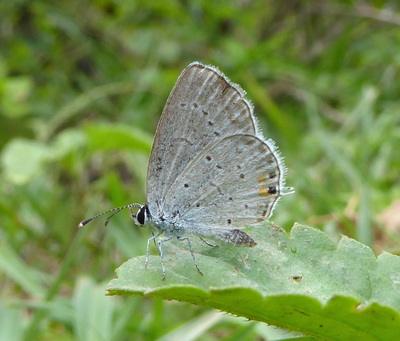
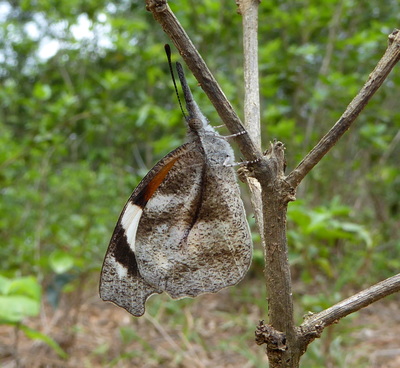
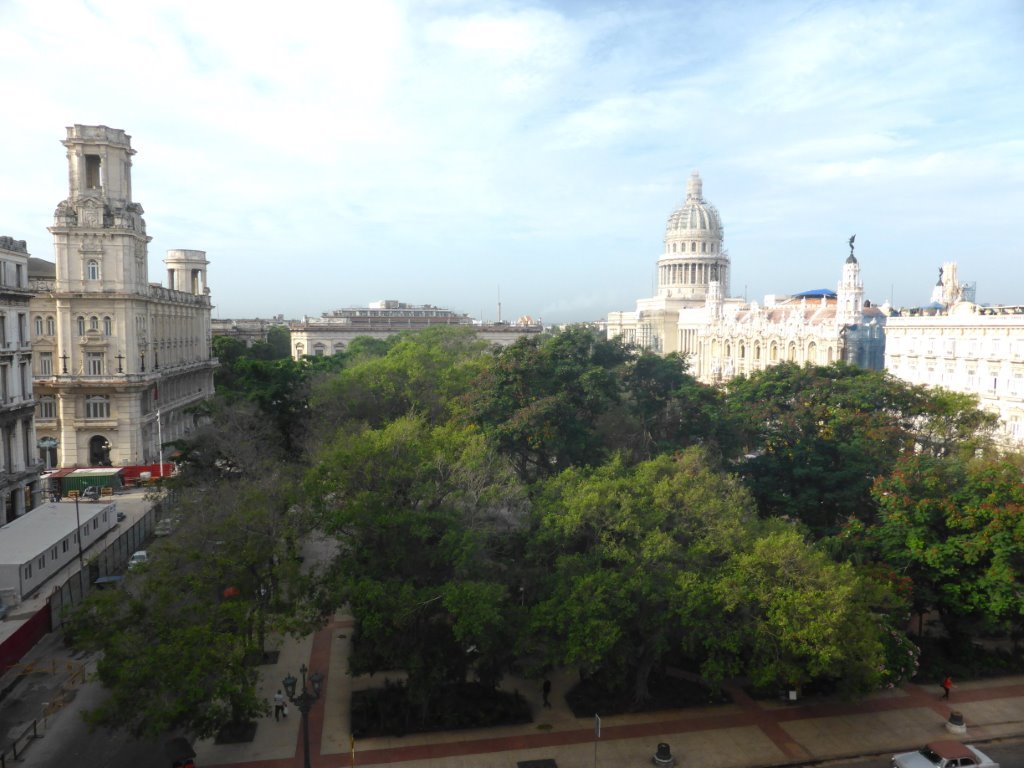
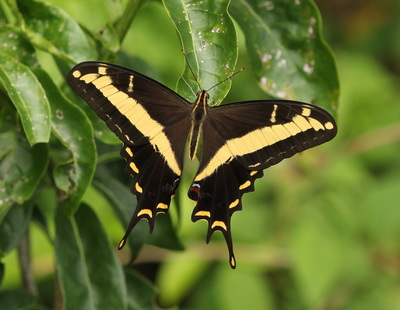
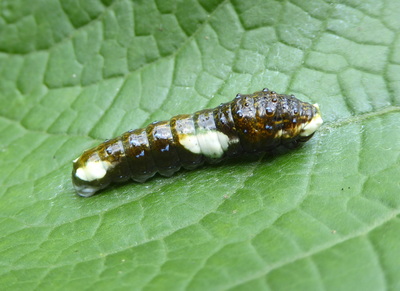
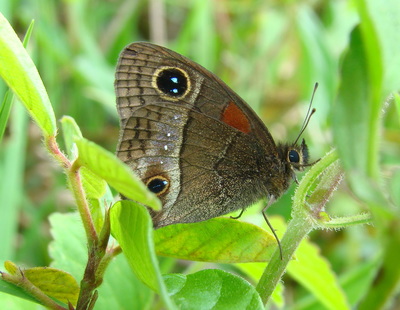
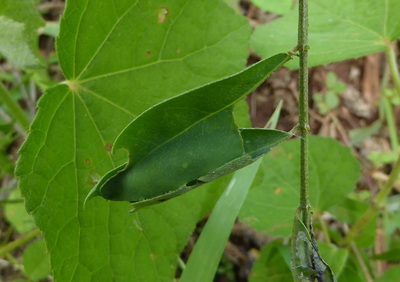
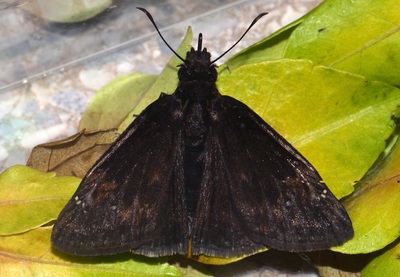
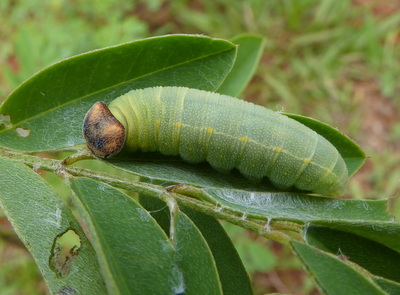
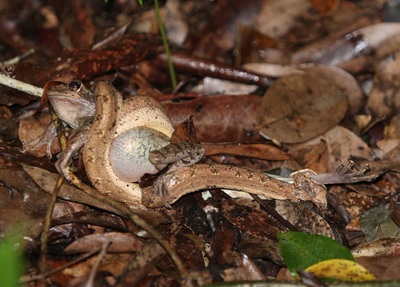
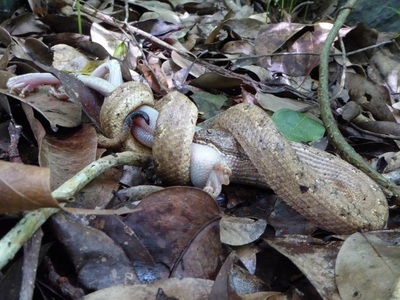
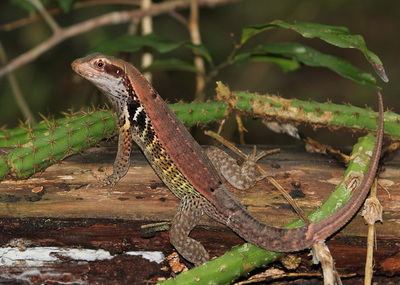
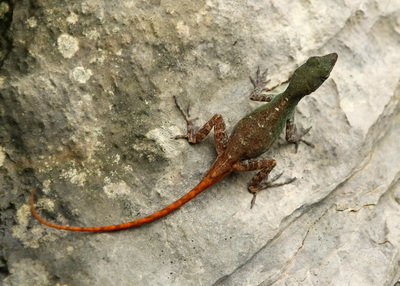
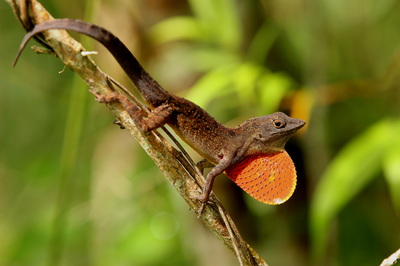
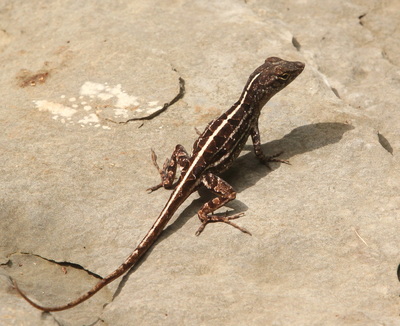
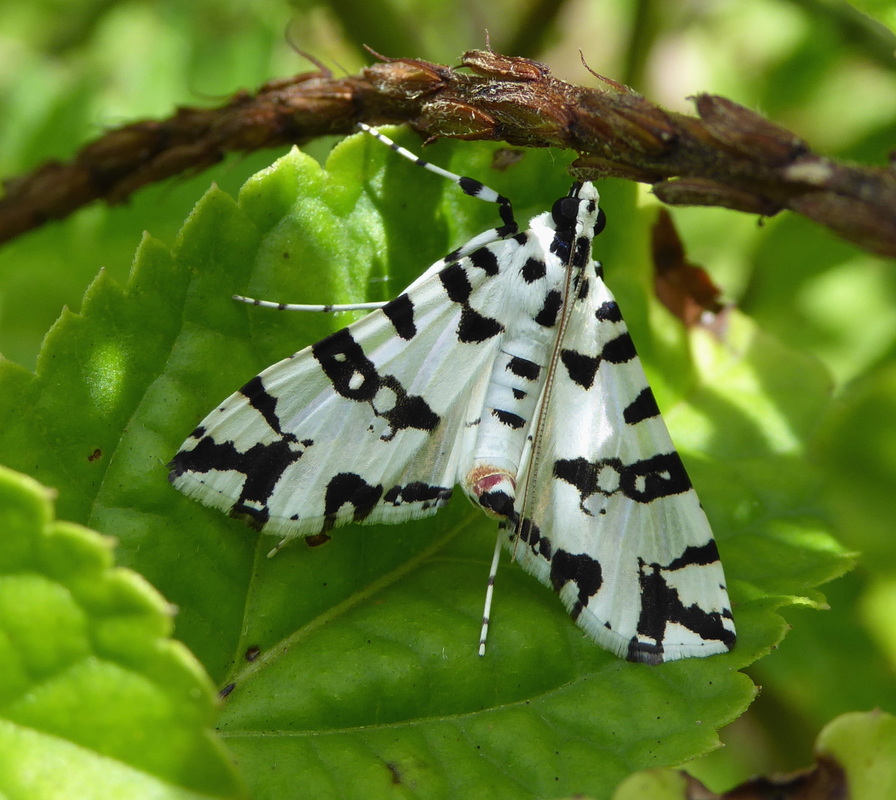
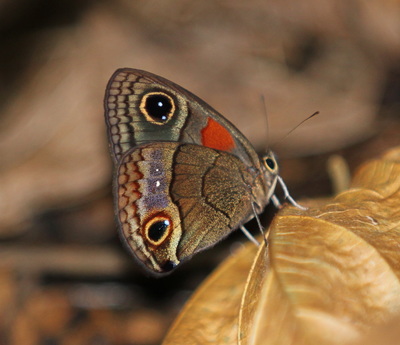
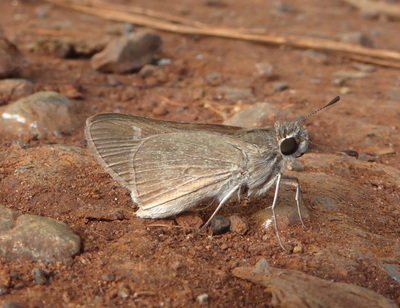
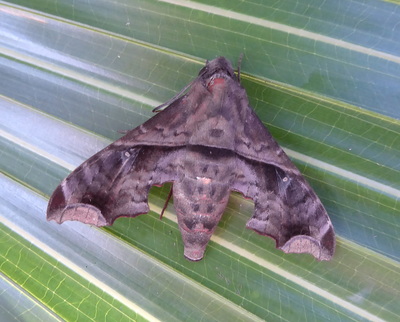
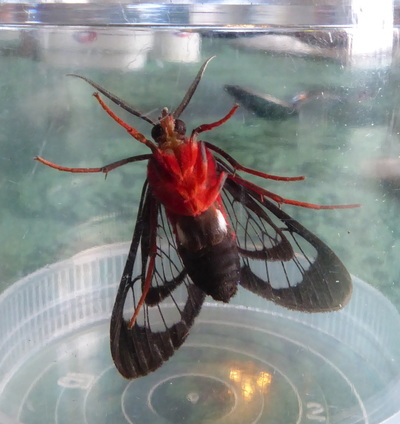
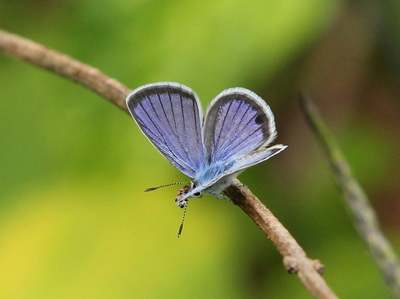
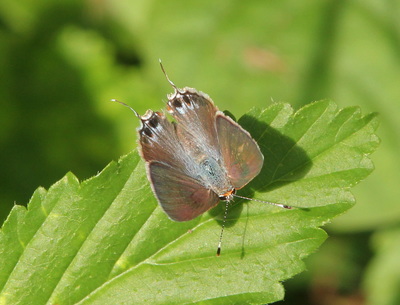

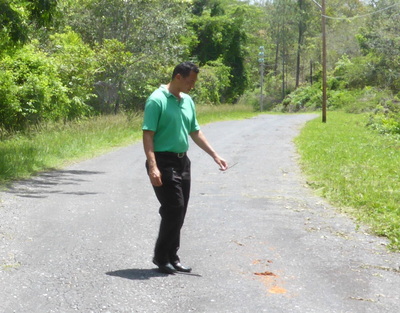

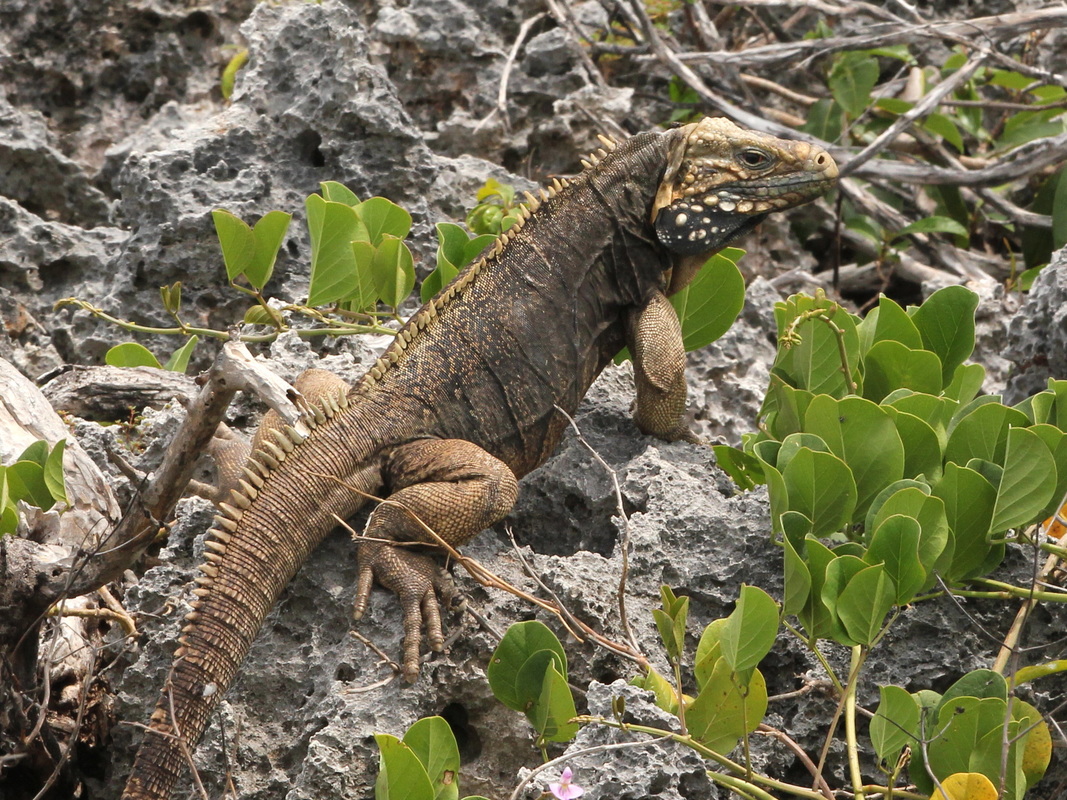
 RSS Feed
RSS Feed